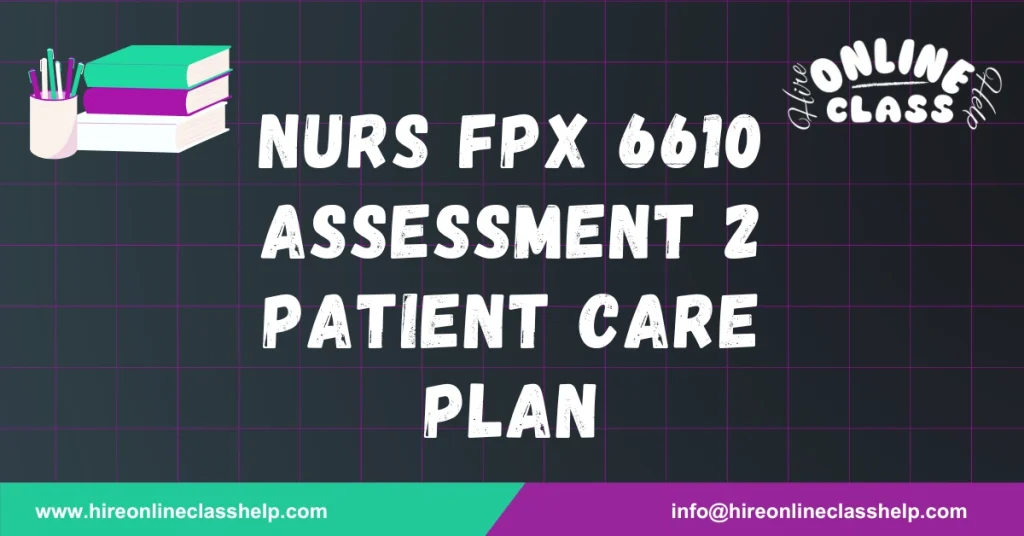






Name
Capella University
NURS-FPX 6610 Introduction to Care Coordination
Prof. Name
Date
Patient Medical Diagnosis: Poorly controlled anxiety, obesity, HTN, DM, and hypercholesterolemia
Outcome Evaluation and Re-planning
Mrs. Snyder’s glucose levels will be monitored daily. If the goals are not met, the care plan will be adjusted by increasing follow-up visits or introducing alternative medication strategies.
Outcome Evaluation and Re-planning
Mrs. Snyder’s anxiety and BP levels will be reviewed weekly. If these are not improving, the anxiolytic dose may be altered, or additional therapy sessions will be arranged.
Outcome Evaluation and Re-planning
If Mrs. Snyder’s oxygen saturation and pain management goals are not met, her care team will consider alternative treatments such as supplemental oxygen or different pain medications.
Cancer. (2021, October 6). Managing diabetes when you have cancer. Cancer.net. https://www.cancer.net/navigating-cancer-care/when-cancer-not-your-only-health-concern/managing-diabetes-when-you-have-cancer
Carolina, C. M. (2019, October 16). Unlocking the full potential of self-monitoring of blood glucose. Uspharmacist.com. https://www.uspharmacist.com/article/unlocking-the-full-potential-of-selfmonitoring-of-blood-glucose
Goodtherapy. (2019, September 23). Therapy for self-love, therapist for self-love issues. Goodtherapy.org. https://www.goodtherapy.org/learn-about-therapy/issues/self-love
Heart. (2021, May 6). Living healthy with diabetes. Heart.org. https://www.heart.org/en/health-topics/diabetes/prevention–treatment-of-diabetes/living-healthy-with-diabetes
Hoyt, J. (2022, May 26). Assisted living & senior placement agencies. SeniolLiving.org. https://www.seniorliving.org/placement-agencies/
Pegg, S., Hill, K., Argiros, A., Olatunji, B. O., & Kujawa, A. (2022). Cognitive behavioral therapy for anxiety disorders in youth: Efficacy, moderators, and new advances in predicting outcomes. Current Psychiatry Reports, 24(12). https://doi.org/10.1007/s11920-022-01384-7
Ramzan, B., Harun, S. N., Butt, F. Z., Butt, R. Z., Hashmi, F., Gardezi, S., Hussain, I., & Rasool, M. F. (2022). Impact of diabetes educator on diabetes management: Findings from diabetes educator assisted management study of Diabetes. Archives of Pharmacy Practice, 13(2), 43–50. https://doi.org/10.51847/2njmwzsnld
Sheikhalipour, Z., Ghahramanian, A., Fateh, A., Ghiahi, R., & Onyeka, T. C. (2019). Quality of life in women with cancer and its influencing factors. Journal of Caring Sciences, 8(1), 9–15. https://doi.org/10.15171/jcs.2019.002
Ströhle, A., Gensichen, J., & Domschke, K. (2018). The diagnosis and treatment of anxiety disorders. Deutsches Aerzteblatt Online, 115(37). https://doi.org/10.3238/arztebl.2018.0611
USC. (2018, January 9). What does self-care mean for diabetic patients? Nursing.usc.edu. https://nursing.usc.edu/blog/self-care-with-diabetes/